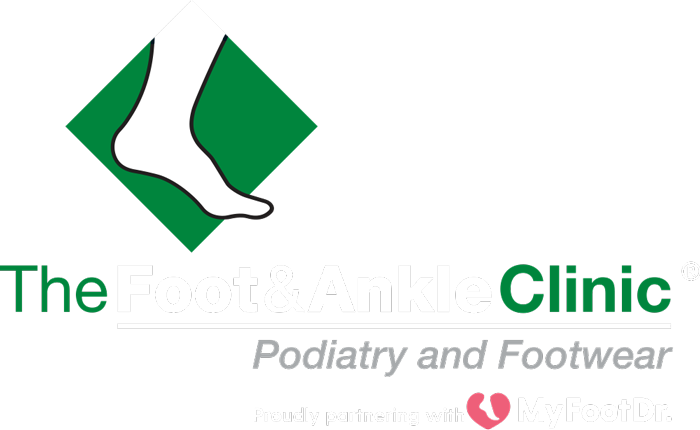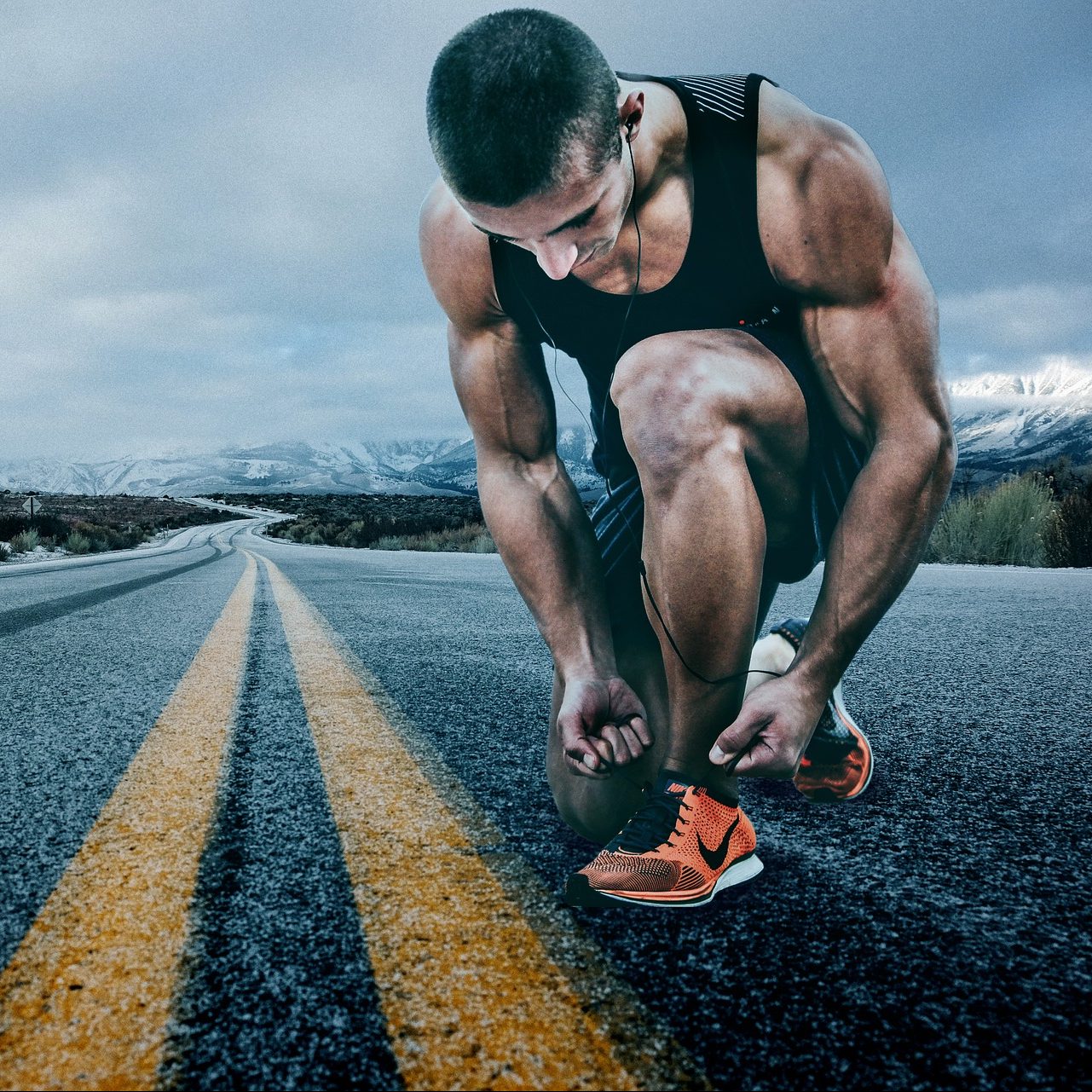Chondromalacia Patellae (“Runner’s Knee”)
Chondromalacia patellae is abnormal softening of the cartilage of the underside the kneecap (patella). It is a cause of pain in the front of the knee (anterior knee pain). Chondromalacia patellae is one of the most common causes of chronic knee pain. Chondromalacia patellae results from degeneration of cartilage due to poor alignment of the kneecap (patella) as it slides over the lower end of the thighbone (femur). This process is sometimes referred to as patellofemoral syndrome.
Chondromalacia is often seen as an overuse injury in sports, and sometimes taking a few days off from training can produce good results. In other cases, improper knee alignment is the cause and simply resting doesn’t provide relief. The symptoms of runner’s knee are knee pain and grinding sensations, but many people who have it never seek medical treatment.
Causes of Chondromalacia Patellae
Your kneecap normally resides over the front of your knee joint. When you bend your knee, the backside of your kneecap glides over the cartilage of your femur, or thigh bone, at the knee. Tendons and ligaments attach your kneecap to your shinbone and thigh muscle. When any of these components fails to move properly, it can cause your kneecap to rub up against your thigh bone. This abnormal rubbing can lead to deterioration in the patella, resulting in chondromalacia patellae, or runner’s knee.
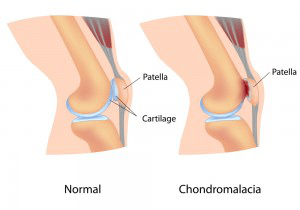
Improper kneecap movement may result from:
- poor alignment due to a congenital condition;
- weak hamstrings and quadriceps (the muscles in the back and front of your thighs, respectively);
- muscle imbalance between the adductors and abductors (the muscles on the outside and inside of your thighs);
- repeated stress to your knee joints, such as from running, skiing, or jumping; or
- a direct blow or trauma to your kneecap.
Symptoms of Chondromalacia Patellae
Chondromalacia patellae will typically present as pain in the knee region, known as patellofemoral pain. You may feel grinding or cracking when bending or extending your knee. The most common symptom is knee pain that worsens when walking up or down stairs. Kneeling, squatting or sitting cross-legged may also hurt.
Talk to your Podiatrist if you have knee pain that doesn’t improve within a few days.
Who is at risk for Chondromalacia Patellae?
There are a variety of factors that may increase your risk for developing chondromalacia patellae.
Age: Adolescents and young adults are at high risk for this condition. During growth spurts, the muscles and bones develop rapidly, which may contribute to short-term muscle imbalances.
Gender: Females are at greater risk than males to develop runner’s knee, as they typically possess less muscle mass than males. This can cause abnormal knee positioning, as well as more lateral (side) pressure on the kneecap.
Flat feet: Having flat feet may place more stress on the knee joints than having higher arches would.
Previous injury: A prior injury to the kneecap, such as a dislocation, can increase your risk of developing runner’s knee.
High levels of activity: If you have a high activity level or engage in frequent exercises that place pressure on your knee joints, this can increase the risk for knee problems.
Arthritis: Runner’s knee can also be a symptom of arthritis, a condition causing inflammation to the joint and tissue.
Diagnosis of Chondromalacia Patellae
Your Podiatrist will look for areas of swelling or tenderness in your knee. They may also look at how your kneecap aligns with your thigh bone. A misalignment can be an indicator of chondromalacia patellae. Your Podiatrist may also apply resistive pressure to your extended kneecap to determine the tenderness and severity.
Afterward, your Podiatrist may request any of the following tests to aid in diagnosis and grading:
- X-rays to show bone damage or signs of misalignment or arthritis
- Magnetic Resonance Imaging (MRI) to view cartilage wear and tear
- Arthroscopic exam, a minimally invasive procedure to visualize the inside of the knee that involves inserting an endoscope and camera into the knee joint
Treatment for Chondromalacia Patellae
The goal of treatment is to reduce the pressure on your kneecap and joint. Resting, stabilizing, and icing the joint may be the first line of treatment. The cartilage damage resulting in runner’s knee can often repair itself with rest.
Your Podiatrist may prescribe a course of non-steroidal anti-inflammatory medication, such as ibuprofen, to reduce inflammation around the joint. If swelling, tenderness, and pain persist, the following treatment options may be explored.
Physical therapy
Physical therapy focusing on strengthening the quadriceps, hamstrings, adductors, and abductors can help improve your muscle strength and balance. Muscle balance will help prevent knee misalignment.
Taping / Strapping
Patella taping to encourage correct tracking of the kneecap is often done and can instantly reduce pain by preventing the kneecap constantly rubbing on the sore spot. We demonstrate two different patella taping techniques. This first patella taping technique is done to control the position of the patella and is often applied for performing CMP exercises. The second general patella taping technique is ideal for returning to sport as it encourages correct patella tracking but is not restrictive. A patella knee support can help support the patella and relieve pain.
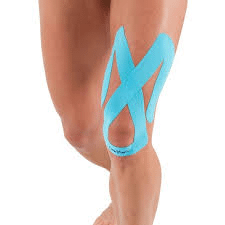
Knee Braces and Splints
There is an extensive range and variety of Knee braces and splints designed to stabilise and enhance knee alignment and patella femoral tendon tracking.
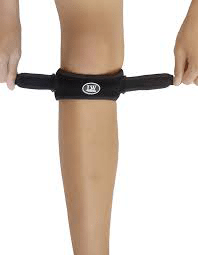
Biomechanical Assessment, Gait Evaluation & Custom Orthotic Therapy
Poor foot and ankle function and alignment can cause abnormal rotational forces that contribute to the development of Chondromalacia Patellae. Your Podiatrist should perform a thorough assessment of your gait and alignment and if abnormality exists recommend or prescribe appropriate orthotic therapy to address this.
Surgery
Arthroscopic surgery may be necessary to examine the joint and determine whether there’s misalignment of the knee. One common procedure is a lateral release. This operation involves cutting some of your ligaments to release tension and allow for more movement.
Other surgical options may involve smoothing the back of the kneecap, implanting a cartilage graft, or relocating the insertion of the thigh muscle.
At the Foot and Ankle Clinic our highly qualified team of Podiatrists are all members of the Australian Podiatry Association and offer a combined 50 years’ experience. They are trained to diagnose and effectively treat Chondromalacia Patellae via a range of proven treatments.
Put your feet in our hands! See us today in Chadstone, Moe, Sale, Traralgon, Warragul & Online Store and Retail Enquiries. NO REFERRAL NEEDED!.
